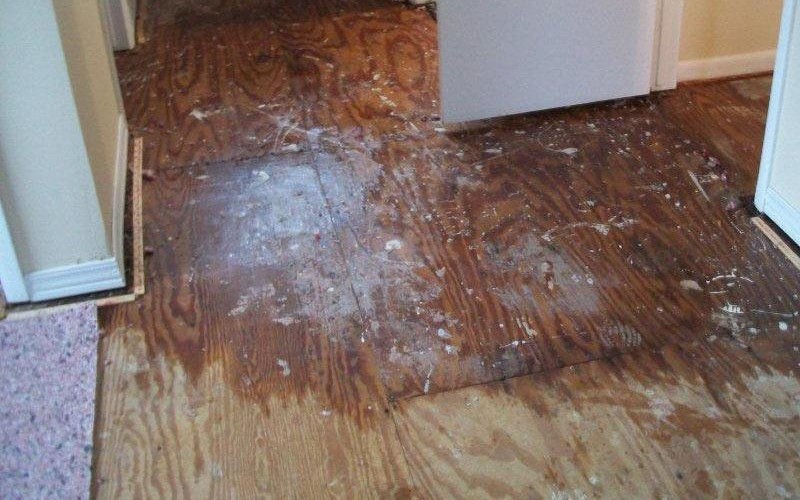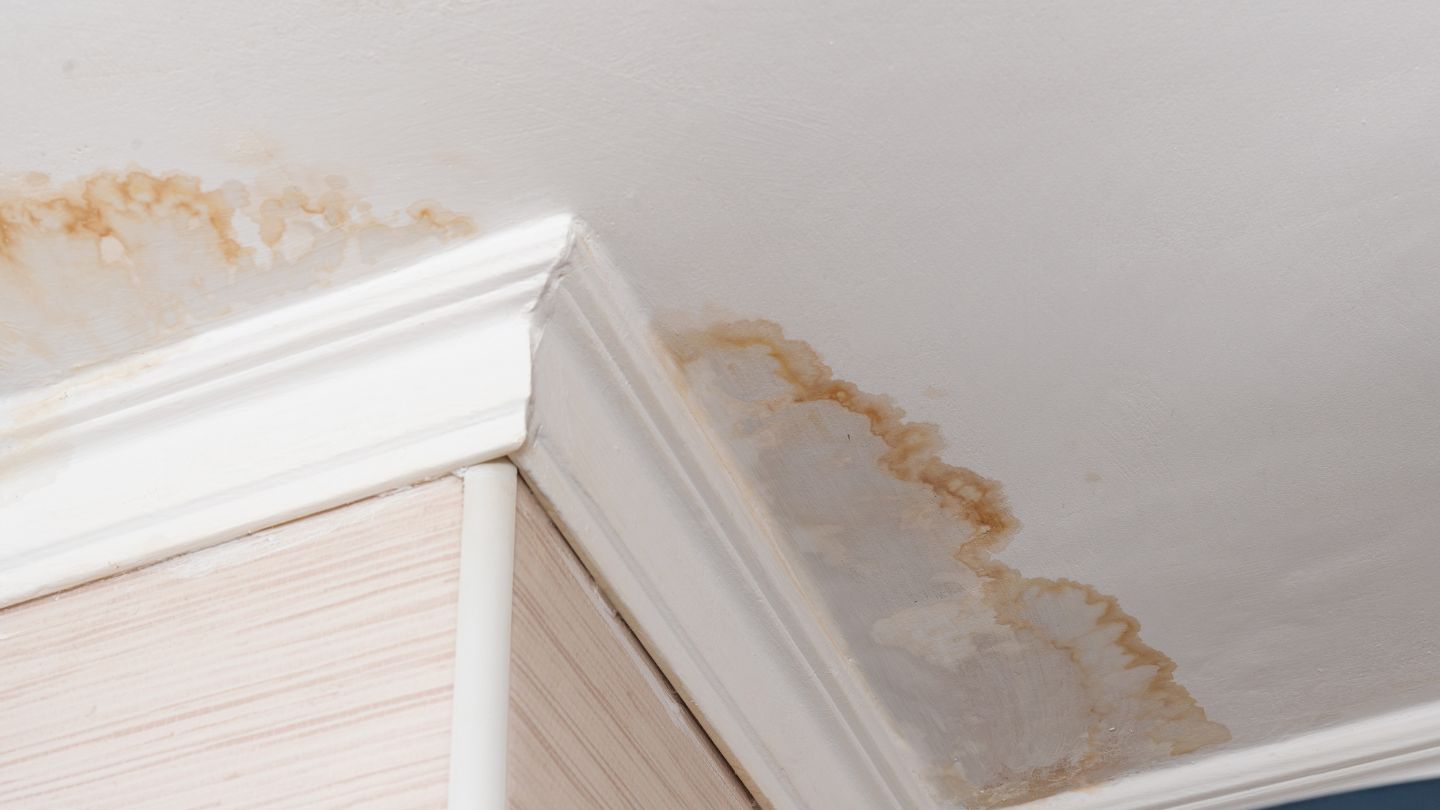Cost-Effective Damage Restoration Services to Handle Severe Water Issues
The Process of Water Damages Clean-up: Ensuring Your Home Is Brought Back Properly
Water damages can be a challenging difficulty for homeowners, requiring a careful and structured cleaning process to recover safety and security and performance. An extensive analysis is vital to determine the degree of the damage and determine the proper remediation procedures. Following this, reliable water removal techniques play a crucial function in reducing more injury. The subtleties of drying, disinfecting, and ultimate restoration are similarly important and typically ignored. Understanding these phases can make a significant difference in the result of your home's repair, prompting a closer check out what each action requires.
Examining the Damage
Upon discovering water damages, the very first action is to extensively examine the degree of the impact. This preliminary assessment is important, as it assists figure out the necessary actions for efficient cleaning and reconstruction. Begin by examining the affected locations, consisting of walls, ceilings, floorings, and personal valuables, to recognize the resource of the water intrusion, whether from flooding, leakages, or condensation.
Recording the damage is crucial for both insurance claims and planning reconstruction initiatives - damage restoration services. Use photographs and created notes to record the seriousness of the damages, noting any kind of damaged architectural aspects and products. Pay special attention to areas that may not be promptly noticeable, such as behind walls and under rugs, as hidden moisture can result in more difficulties, consisting of mold growth
In addition, assess the timeline of the water direct exposure. Inevitably, an extensive analysis lays the groundwork for an effective water damages cleaning process, guaranteeing that all affected locations are addressed efficiently and thoroughly.
Water Removal Strategies

Professionals normally use submersible pumps for bigger volumes of water, which can quickly reduce flooding in basements or other affected areas. For smaller amounts, wet/dry vacuums are commonly utilized to extract residual wetness from carpets and hard surface areas. Furthermore, using mobile extractors enables targeted removal in confined spaces or locations with fragile products.
In instances of polluted water, such as sewer or floodwater, advanced extraction methods may entail making use of biohazard devices to guarantee safety and compliance with health and wellness policies. High-powered extraction tools are crucial in decreasing water retention in architectural materials, which can result in mold development and architectural deterioration if not addressed quickly.
Eventually, the efficiency of water extraction methods plays a crucial role in the overall success of the water damages cleanup process, preparing for subsequent restoration initiatives.
Drying and Dehumidification
As soon as standing water has been efficiently extracted, the following vital phase in the water damage clean-up process is drying out and dehumidification. This action is necessary to avoid more damage and mold development, which can take place within 24 to two days in moist environments.
To attain reliable drying, specific equipment such as industrial-grade air moving companies and dehumidifiers is utilized. Air moving companies circulate air across wet surface areas, enhancing evaporation rates, while dehumidifiers minimize moisture levels airborne, promoting a conducive setting for drying out. The mix of these tools makes certain that dampness is extracted from floors, furnishings, and wall surfaces, allowing them to completely dry extensively.
It is very important to keep an eye on the drying out process closely. Professionals frequently use moisture meters to analyze the wetness content in various products, guaranteeing that all impacted areas reach acceptable dry skin degrees. This meticulous method assists to prevent hidden moisture pockets that might lead to structural damage or undesirable mold and mildew growth.

Cleaning and Sterilizing
After the drying out and dehumidification stage is full, the next essential action in water damages cleaning is cleansing and disinfecting the impacted areas. This procedure is vital to stop the growth of mold, microorganisms, and other microorganisms that prosper in moist atmospheres.
The cleansing phase typically entails removing any type of debris, dirt, and contaminants from surface areas utilizing specialized cleaning representatives. For hard surface areas, a mix of soap and water or business cleansing products is typically used. Soft products, such as upholstery and carpets, might require much more substantial cleansing techniques, including heavy steam cleansing or deep removal techniques, to guarantee comprehensive sanitation.

Disinfecting follows cleansing, using EPA-approved disinfectants to get rid of unsafe microorganisms. This action is vital, particularly in locations that may have entered call with floodwaters or sewage, as these sources can present severe health risks.
Additionally, it is necessary to resolve any type of continuing to be smells, which may call for using odor neutralizers or innovative techniques like ozone therapy. Appropriate cleansing and sanitizing not only bring back the safety and health of your home but additionally prepared for successful reconstruction and fixings in subsequent phases of the water damages cleaning process.
Remediation and Fixings

When the analysis is total, restoration initiatives can begin. This generally entails fixing or changing broken materials, making certain that all work conforms with regional building regulations and requirements. For example, if drywall has been endangered, it will need to be removed and replaced with new material. Additionally, flooring may need comparable focus, depending upon the level of water direct exposure.
It is important to engage skilled reconstruction professionals during this procedure, as they have the experience to deal with complex fixings effectively. Moreover, they can assist mitigate prospective future issues, such as mold and mildew development or architectural instability, therefore making sure a habitable click for source and risk-free living atmosphere. Inevitably, effective reconstruction and repairs restore the home's integrity and boost its overall value.
Conclusion
To conclude, the process of water damage cleaning is vital for recovering a home to its pre-damage problem. Each phase, from evaluating the damages to applying effective water extraction strategies, adhered to by extensive drying out, disinfecting, and necessary fixings, plays a vital role in making certain safety and security and conformity with building criteria. Efficient implementation of these actions not only mitigates instant damage but additionally enhances the long-term stability and value of the property.
Water damage can be a challenging challenge for house owners, necessitating a structured and meticulous clean-up process to bring back safety and security and capability. Eventually, an extensive analysis lays the foundation for an effective water damages cleanup process, making sure that all influenced areas are attended to properly and completely.
Reliable water extraction techniques are essential in mitigating damages and avoiding more difficulties complying with a water breach occasion.In conclusion, the procedure of water damages clean-up is important for restoring a home to its pre-damage problem. Each phase, from assessing the damage to carrying out efficient water view removal techniques, followed by comprehensive drying, sanitizing, and essential repair services, plays a crucial duty in ensuring safety and conformity with building standards.